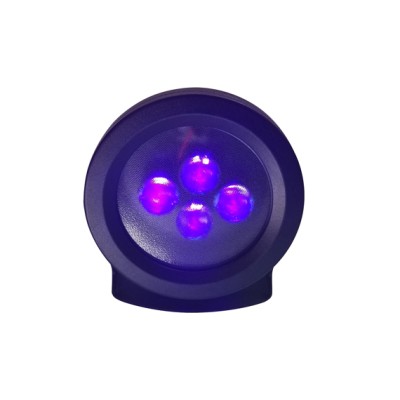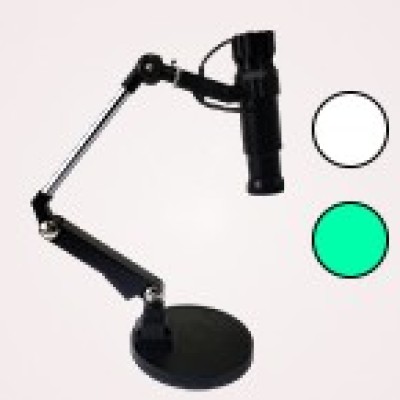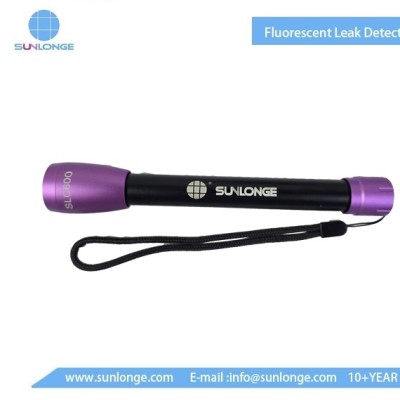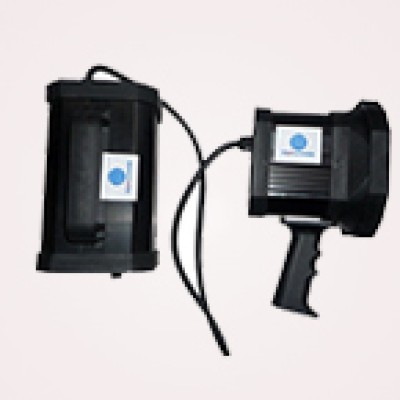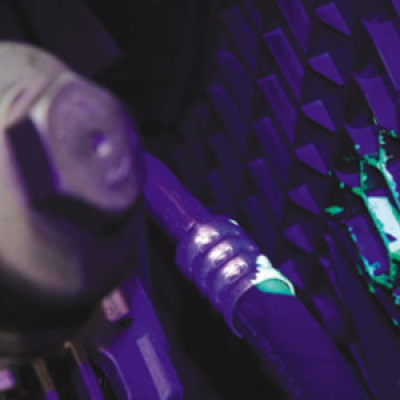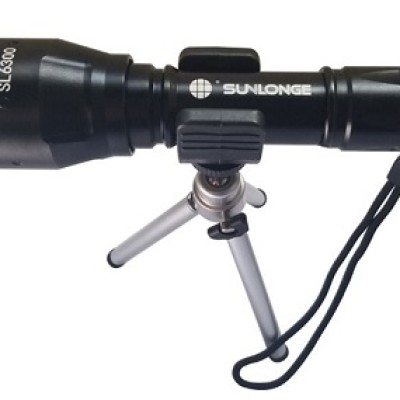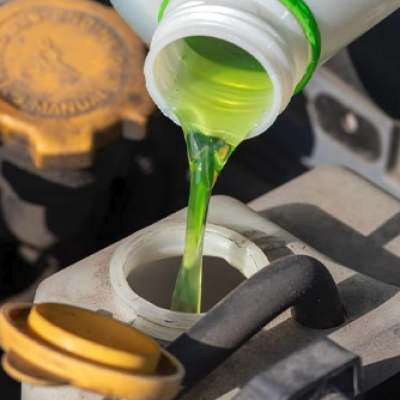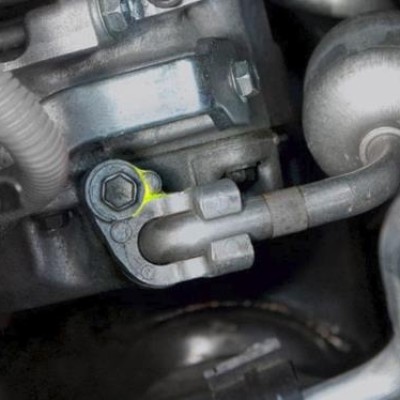Introduction:
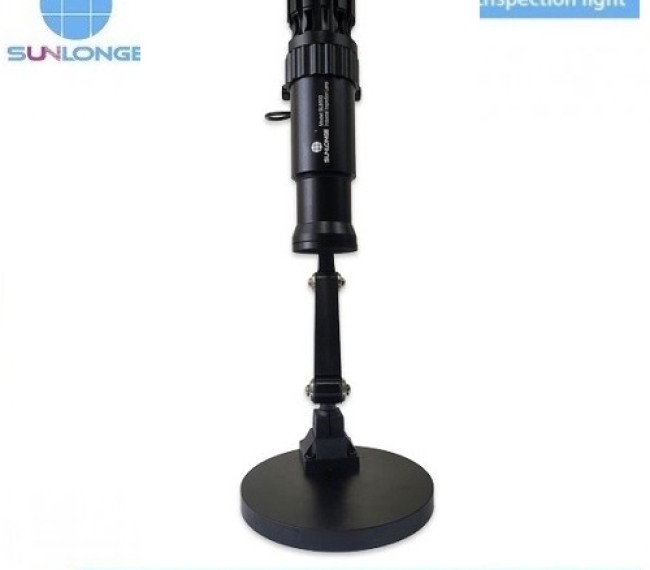
In today’s manufacturing landscape, maintaining the highest standards of product quality is crucial for business success. This is where Surface Inspection Lamps come into play. These lamps are essential tools in various industries, including automotive, electronics, and manufacturing, helping to detect imperfections such as scratches, dents, and other irregularities in materials. In this article, we will explore how surface inspection lamps are used in quality assurance (QA) processes, their applications across different industries, and their impact on maintaining product integrity.
What is a Surface Inspection Lamp?
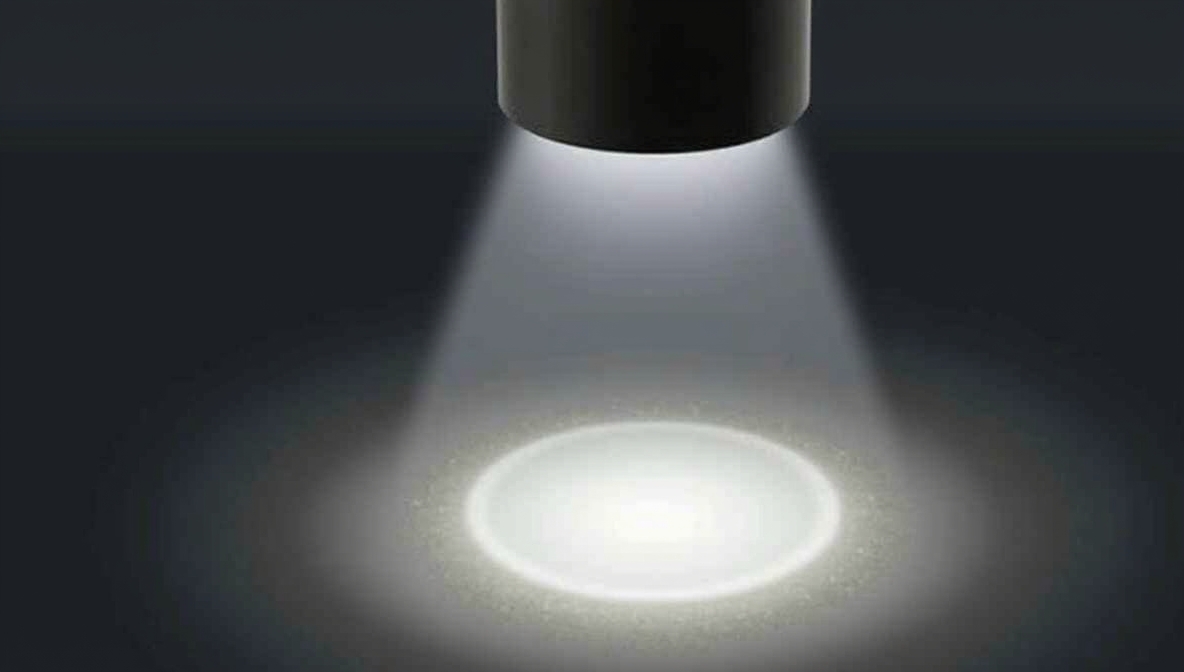
A Surface Inspection Lamp is a specialized lighting device designed to illuminate surfaces in a way that makes it easier to spot surface defects. These lamps are engineered to emit specific light spectra or intensities, ensuring that even the most subtle flaws in materials, whether metallic, plastic, or painted, are visible to the human eye.
Surface inspection lamps are particularly beneficial in industries where high precision is required and where any slight imperfection can affect the quality of the final product.
Key Features of Surface Inspection Lamps:
High-intensity Light: Ensures visibility of even the smallest defects.
Adjustable Angles and Positions: Allows for flexible use across different materials and inspection tasks.
Uniform Lighting: Provides even light distribution to avoid shadows and blind spots.
Different Light Colors (UV, White, or Custom): Used for specific defect types, such as scratches, cracks, or surface contaminants.
Importance of Surface Inspection in Quality Assurance
Quality assurance (QA) is the process of ensuring that products meet certain standards and specifications. Surface inspection is a critical part of QA, especially for products that require high precision or have aesthetic requirements. Surface defects can cause serious issues in terms of both functionality and appearance, leading to customer dissatisfaction or product failure.
Surface inspection lamps play an essential role in identifying these defects early in the production cycle, allowing companies to take corrective actions before products are shipped or put into use.
Common Surface Defects Detected:
Scratches: Can impair the function or appearance of a product, especially in consumer electronics or automotive parts.
Dents or Deformations: Affects structural integrity and performance.
Paint or Coating Imperfections: Such as uneven coatings, cracks, or discoloration.
Contaminants: Dust, oils, or other residues that could impact product performance or aesthetics.
How Surface Inspection Lamps are Used in Different Industries
1. Automotive Industry
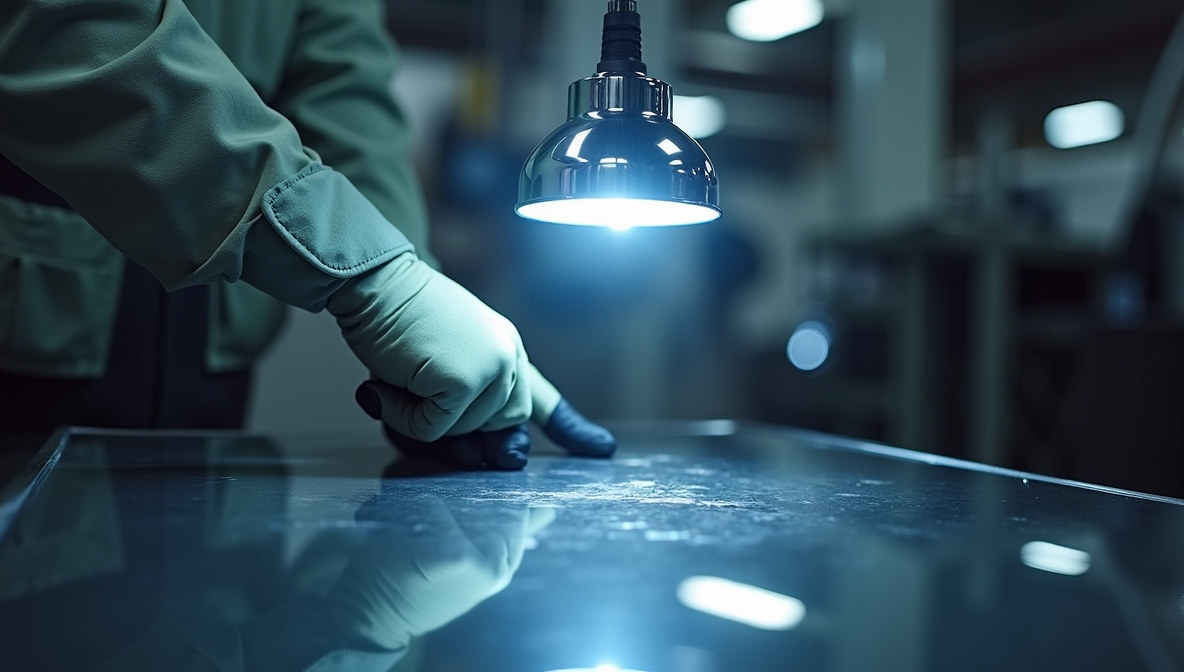
In the automotive industry, surface inspection is crucial to ensure that parts such as body panels, bumpers, and other exterior components are free from defects. A Surface Inspection Lamp helps to detect surface flaws like scratches, dents, or paint imperfections that could affect both the functionality and appearance of the vehicle. These lamps are commonly used during the final inspection stages to ensure that parts meet the manufacturer’s quality standards before assembly.
Applications in Automotive QA:
Inspection of Exterior Components: For detecting scratches, dents, or imperfections in the paint.
Detection of Welding Imperfections: Spotting irregularities in welded joints or seams.
Final Product Check: Ensuring that the vehicle’s external surface meets aesthetic standards.
2. Electronics Manufacturing
In electronics manufacturing, products such as smartphones, circuit boards, and LED components require flawless surfaces to ensure optimal performance and durability. A surface inspection lamp allows manufacturers to quickly spot any defects in materials like screen coatings, glass, or PCB boards, which could potentially lead to malfunctioning devices.
Applications in Electronics QA:
Surface Inspection of PCBs: Identifying minor defects like scratches or smudges that may affect the performance of the board.
Screen Inspection: Spotting defects on display screens, such as cracks or imperfections in the coating.
Component Inspection: Ensuring that small electronic components are free of any surface defects.
3. Aerospace
Aerospace parts must meet stringent quality standards, as even small defects can affect performance and safety. Surface inspection lamps are used in the aerospace industry to inspect the external surfaces of critical components such as turbine blades, fuselages, and other structures.
Applications in Aerospace QA:
Material Inspection: Ensuring metal parts, composite materials, and coatings are free from defects.
Crack Detection: Using UV light to detect micro-cracks or fissures that could impact structural integrity.
Paint and Coating Inspection: Ensuring uniformity in paint or coating applications on components.
4. Metalworking and Manufacturing
Surface inspection lamps are widely used in metalworking and manufacturing industries to check the quality of finished products such as machined parts, castings, and metal sheets. These lamps help detect even the slightest scratches, dents, and other surface imperfections that could affect product performance.
Applications in Metalworking QA:
Detection of Surface Imperfections: Spotting minor scratches or defects in machined parts.
Check for Cleanliness: Ensuring that the surface is free of oils, dirt, or other contaminants that could affect subsequent processing or assembly.
Final Quality Check: Ensuring that the final product meets all surface standards before delivery.
How to Choose the Right Surface Inspection Lamp for Your Industry
When selecting a surface inspection lamp, it is important to consider several factors, including the type of materials you work with, the specific defects you need to identify, and the operating environment. Below is a table that outlines the key specifications to look for:
| Feature | Importance | Recommendation |
| Light Intensity | High intensity helps detect even the smallest defects. | Choose lamps with adjustable brightness for flexibility. |
| Light Color | Different colors of light (e.g., UV, white, or LED) help reveal specific defects. | Use UV for crack detection, white for general surface inspection. |
| Lamp Positioning | Adjustable angles help reach difficult spots and ensure thorough inspection. | Select lamps with flexible arm and adjustable positions. |
| Size and Portability | Ensures the lamp is versatile and can be moved around for different inspection tasks. | Compact and portable designs are ideal for varied use. |
| Durability | Heavy-duty use requires long-lasting construction. | Choose lamps with robust, shock-resistant designs for industrial environments. |
Frequently Asked Questions (FAQ)
- What types of defects can be detected with a surface inspection lamp?
Surface inspection lamps are effective at detecting scratches, dents, cracks, paint imperfections, surface contamination (such as dust or oil), and even micro-defects that could otherwise go unnoticed.
- How does UV light help in surface inspection?
UV light is especially useful for detecting cracks or defects in materials like metals or plastics that are not visible under normal lighting. It makes certain types of flaws fluoresce, providing a clear indication of damage.
- Can surface inspection lamps be used in all industries?
Yes, surface inspection lamps are versatile and can be used in a variety of industries, including automotive, electronics, aerospace, and metalworking, to improve the quality control process.
- How often should surface inspection lamps be calibrated?
To ensure accuracy, surface inspection lamps should be calibrated regularly, especially in high-precision industries like aerospace or electronics manufacturing. The calibration frequency depends on the level of use and the specific requirements of the industry.
- What is the difference between a surface inspection lamp and a standard work lamp?
A surface inspection lamp is specifically designed to illuminate surfaces in a way that highlights defects. Unlike standard work lamps, they provide controlled lighting with high intensity and specific wavelengths that make imperfections more visible.
Conclusion
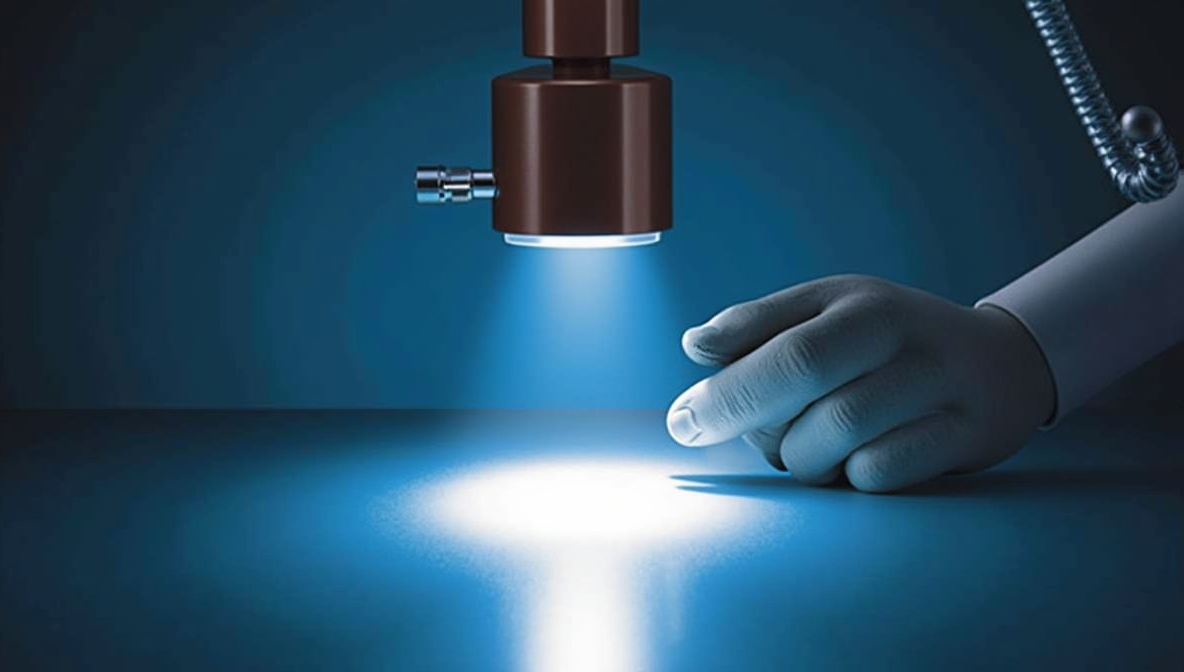
Surface inspection lamps play an integral role in quality assurance processes across a variety of industries. By helping detect surface defects early, these lamps contribute to the production of higher-quality products, reduce waste, and improve customer satisfaction. Whether you’re in automotive, electronics, or aerospace, choosing the right surface inspection lamp is critical to maintaining high standards and ensuring your products meet all specifications.
For more information on high-quality surface inspection lamps, check out our range of products at Sunlonge, including our advanced inspection solutions that are tailored to meet the rigorous demands of your industry.
 CN
CN

